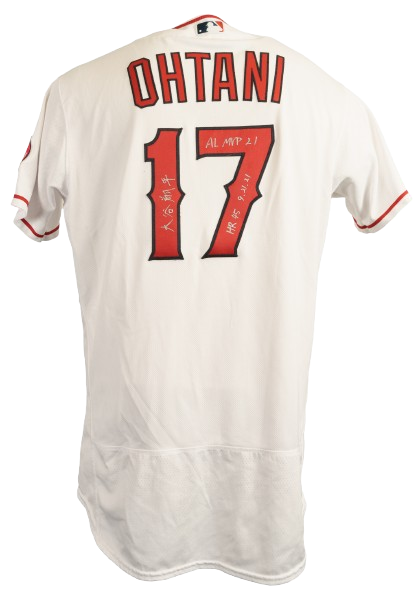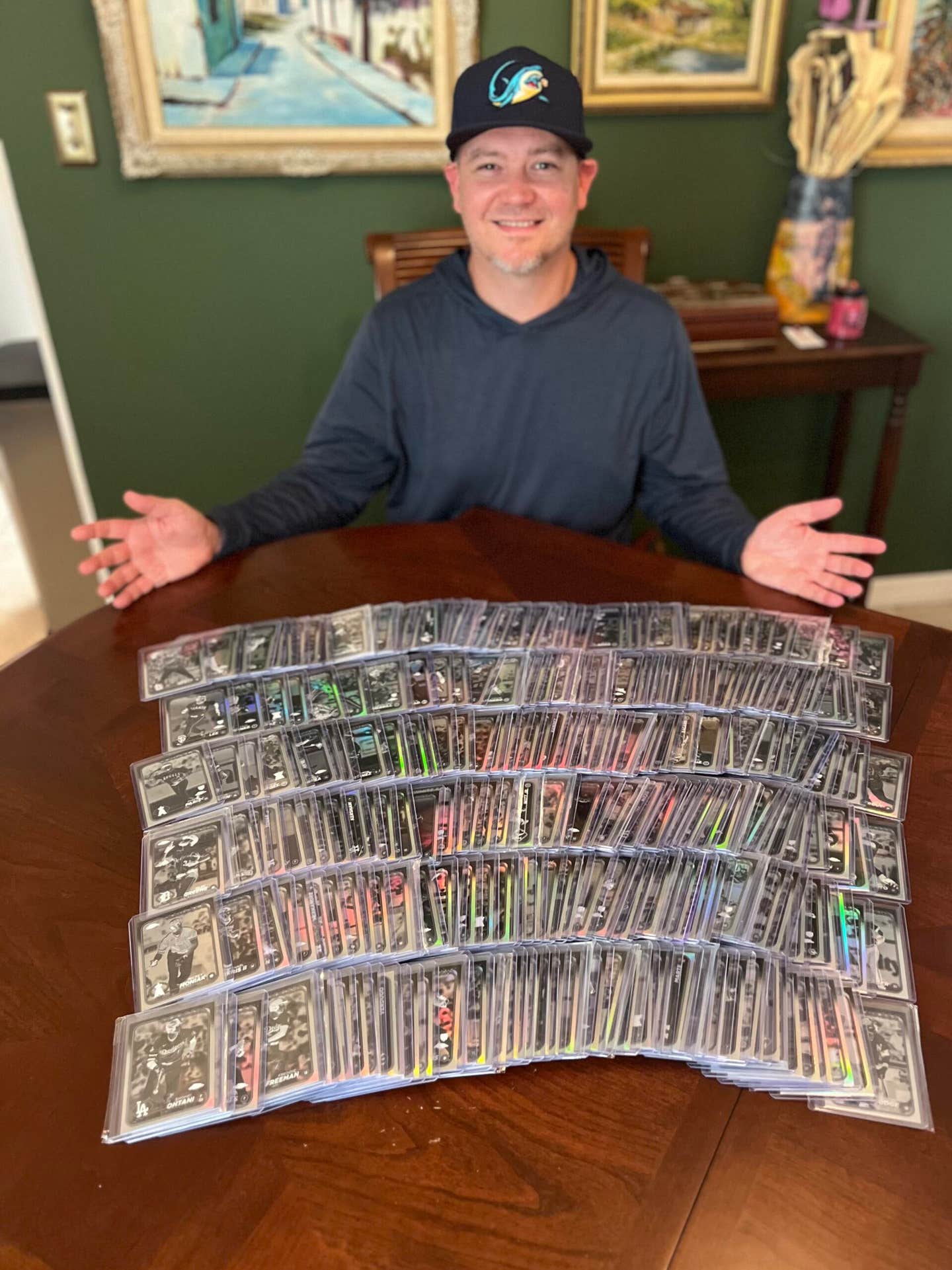Collecting 101
Taft: Counterfeit scam might have reached $1 milli
“A little over a year ago, I started seeing Star Co. graded cards that were in Gem Grading slabs,” Taft said. That is Taft’s area of expertise. “I did the training for SCD Authentic graders on authentication (of Star Co. cards), and I’ve done that for GAI also. Not grading, but authentication training.
“As I was searching through eBay, I started seeing more and more of these. A lot of people were putting good money toward bad cards.”
Taft said he knew the cards were bad just from the scan in some cases; in others, his experience told him the seller had too much supply.
“Some of them, it’s really easy to tell from the scan if you know the cutting characteristics of the original cards,” he said. “There were also a couple others that I couldn’t give a 100 percent guarantee based on the scan, but I knew it didn’t look right. Most of these cards, when auctioned on eBay, included scans of mediocre-to-poor quality, making authentication a bit tougher in some circumstances.
“And then when I got samples in my hands, it was easy to tell. Over time, the variety of cards from Star Co. that were bad kept growing,” Taft said. “All of a sudden, I started noticing other brands of cards in these holders – Kenner Starting Lineup cards, and Jeff Clow wrote a piece for Tuff Stuff (about those counterfeit Kenner SLU cards). I noticed they were probably counterfeit when I was seeing 1988 John Stockton and Karl Malone available. You don’t see those, and as soon as one of the sellers would sell one, he’d have another one. Maybe somebody every two or three years can track down a Stockton or Malone 1988 Kenner Starting Lineup card, but nobody’s got multiples of those.”
Taft began making sample buys, and they proved the counterfeit status. Gem Grading is owned and operated by Timothy Lorber, who also runs www.startcollecting.com. Lorber told SCD that he was disappointed Gem Grading holders contained counterfeits and that he does not run the company with any intent but to maintain high-quality standards. “When we sell cards, we give a 100 percent, money-back, 30-day guarantee, from any of the sales that we do,” Lorber said, including www.startcollecting.com or his sportscardzz eBay ID.
SCD asked Lorber if the counterfeits seemed to originate from one person or place. He said there were submissions, and his suspicion is that these came from Gibraltar (Mich.). He clarified that he meant the area, not specifically the show. “I do not know for sure,” he added.
“We do not want counterfeits in Gem holders,” Lorber said. “I would buy those back. It’s not Gem’s policy to do that; we have turned away people who have offered us money to put cards in the holders that were not real.”
Lorber said if somebody has purchased a proven counterfeit in a Gem or Gem Elite holder, “They should send them back to the P.O. Box in Indiana, with a receipt of what they paid for it. We back our cards,” he said. That would apply to those who purchased directly from his Web site or eBay ID. “They should go back to whoever they bought it from,” he said.
“I’m just talking about refunds that were purchased from us. There are some sellers who do sell Gem cards in quantity. They should send the cards back to those people.”
That address:
Gem Grading, Inc.
P.O. Box 651
Bristol, Ind. 46507-0651
Lorber added that his process has been improved. “I can say that there is not one card that goes outside my doors right now that is questionable,” he said. “I think it’s just more caution. My point is there are a lot of good things (in Gem holders). The counterfeiters can get away with this in lots of different places.”
To Lorber’s point, SCD has purchased about 20 cards in Gem grading holders, and only four or five were counterfeits.
Besides Lorber’s sportscardzz eBay ID, which has been inactive recently, the other primary Gem sellers have been:
• inserts4collectors
• shaqfu1
• cavsking
• jtgcards
Those sellers were contacted via e-mail for this article but did not reply. At this writing, “inserts4collectors” was still active on eBay and was selling Gem and Gem-Elite graded cards in large quantities. The seller “shaqfu1” is Red Zone Sports Cards of Castleton, N.Y., and is primarily a seller of high-end vintage cards, although recently they’ve had dozens of Gem cards for sale, too.
The “jtgcards” seller has been very active lately with Gem Grading cards. The “cavsking” ID has not been active in recent months.
There have been sellers of Gem-graded cards on Yahoo!’s auction site as well, and those sellers offer a connection to the October, 2003, investigation by SCD. In that investigation, SCD discovered that counterfeits of 1963 Bazooka cards, 1921 W551 strip cards, 1931 W517 strip cards, 1947 Homogenized Bond Bread and 1952 Wheaties were being sold online by, among others, “Randy Howard” in Halifax, Pa., a name that was used as a return address when SCD purchased and received some of those counterfeits.
In this newer case, the Yahoo! Auctions seller IDs of “isellforu52296” and “consignmentsplus1” are both backed by the name “Randy Howard,” this time from Mechanicsburg, Pa. Both of those Yahoo! IDs have been inactive for the past several months, but when they were active earlier this year, those IDs offered not only the counterfeits described in this article (several cards purchased from those IDs were confirmed as counterfeits by SCD), but also the Bond Bread and other similar cards that were targeted in that SCD investigation three years ago.
The cards available earlier this year from those two Yahoo! IDs were not limited to Gem grading holders; many of those cards came in Capitol Grading holders. Another card-grading holder to watch out for, dating back to the 2002 investigation, but occasionally still popping up with the newer counterfeits today, is FGA (Foremost Grading Authority).
“When you look at the (items being sold by) that Yahoo! ID, everything is there – the Star Co. counterfeits, the Sportscasters, the Bazooka baseball,” Taft said. “When I saw the same Yahoo! ID with Bazooka baseball and the Star Co., that pretty much tied it all together.”
One connection that does not exist is a similarity in the holders. Gem, FGA and Capitol do not have the same “slabs.” So the only certain connection between the three of them is their common sellers.
Taft said he put the word out about a year ago to beware of Star Co. cards in Gem Grading holders because “I’ve never seen a real Star Co. card in a Gem Grading holder.” He said collectors would be wise to have somebody they trust, or a grading company, look at their Star cards if they’re in any of the holders mentioned in this story.
“I was putting that warning out in my eBay auctions, and the word got out quite a bit,” he said. “Shortly after that, on the Gem Grading Web site (www.gemgrading.net), they put a disclaimer.”
That disclaimer:
ADDED: 11/30/2004
GEM Grading Services Inc. grades the quality of actual sportscard paper stock.
Providing authentication is challenging and not guaranteed due to improved computerized printing techniques.
Size requirements for sportscards are the standard published size plus or minus 3 mm.
Lorber said that disclaimer was put on the site not to admit that counterfeits are in the slabs, but as a protection in case somebody found a counterfeit in a Gem holder. “I put the disclaimer on there to tell people that we’re not liable for that, because things do happen,” Lorber said.
Taft’s gut feeling is that the counterfeits are being produced in Pennsylvania or New Jersey. “It appears that virtually every significant counterfeit produced in the last three years has come through this group of people from a distribution standpoint, and thus, most likely, from a printing standpoint,” he said. “Randy Howard has a direct correlation between the Bazooka fakes three years ago and today’s Star Co. (counterfeits). I don’t have any doubts that if he’s not the guy printing them, there’s a high-degree of certainty he has a link to that person.”
Taft said he believes the cards that have worked their way into all of these holders could be coming from the largest counterfeit card operation ever. “A year ago, when it was rampant, there were multiple auctions going with counterfeit cards from multiple eBay sellers,” he said. “With that as an example, like the Sportscasters, they’d run the Magic, Bird and Gretzky for five or seven days, and when one auction was over, they’d put it up again. The repetition of auctions ... there was a time when you could find five Bird or Gretzky Sportscasters at a time on eBay. That sends up a red flag because of how difficult the legitimate pieces are to find.”
Taft said the impact of these cards is significant because in his estimation, the volume of these counterfeits is extensive.
“There are multiple effects,” he said. “No. 1, beginning and intermediate collectors can get frustrated when they’ve bought a counterfeit in an alleged graded-card holder; you can see people drop out of the hobby because of that. Where it’s really important for dealers to take notice and make some attempt to take action is when you look at the totality of the counterfeit distribution ring ... it’s probably the biggest counterfeit card scam to ever hit the hobby. It’s very likely that that pile of money might have gone to legitimate dealers.
“You could be talking maybe over $1 million in sales. That’s money that probably would have been spent with honest dealers.”
He’s also concerned about the extent of the problem because these are possibly the most inexpensive cards to ever be counterfeited.
“One of the cards that I saw fairly early in this was the 1989 Pittsburgh Greats Dan Marino,” Taft said. “That’s about an $8 card. When you look at the fact that these guys have taken a card that will sell for $8-$10 and counterfeited it, that in itself is a huge message.”








